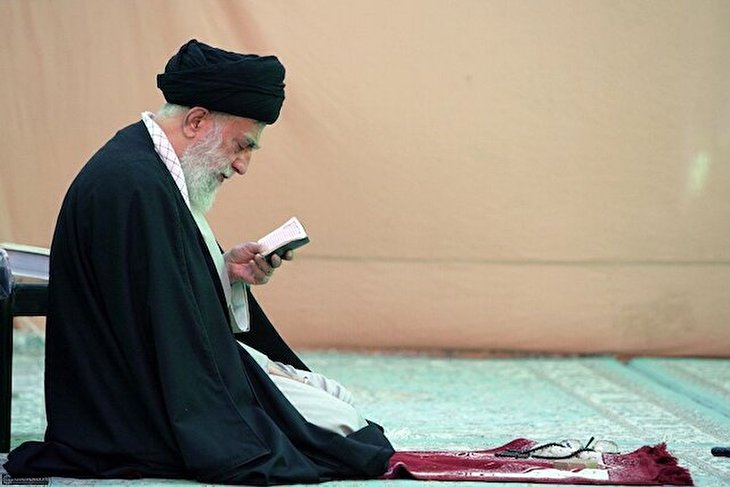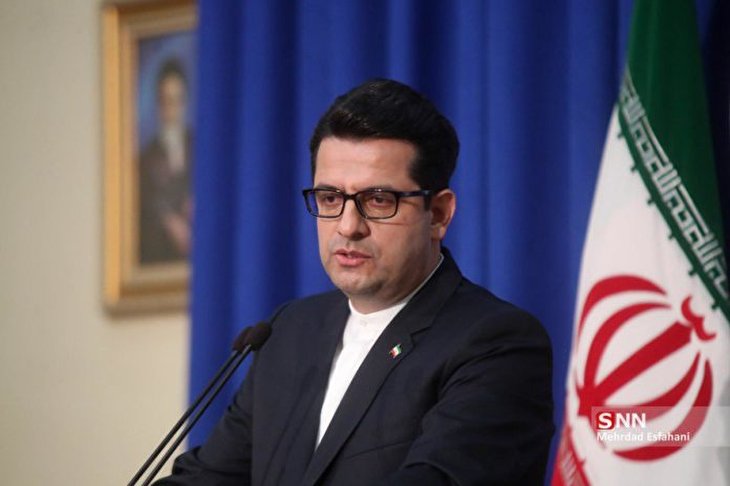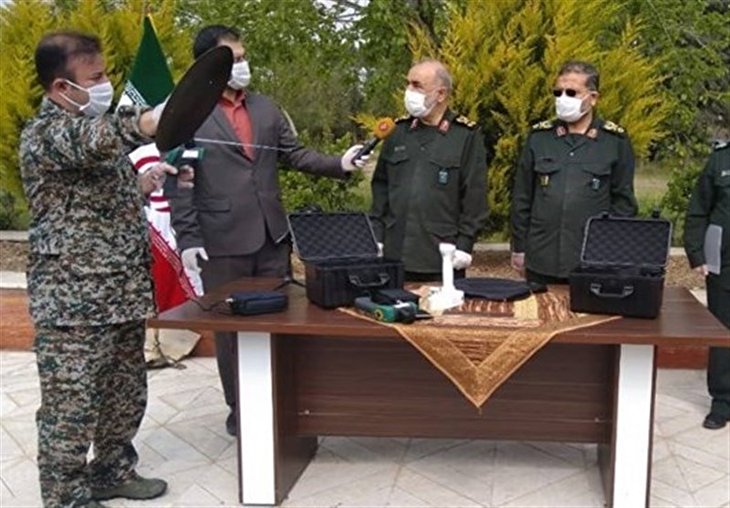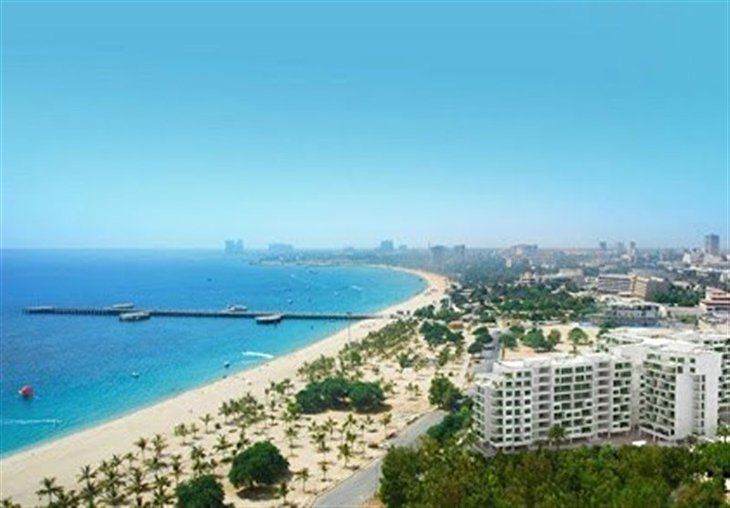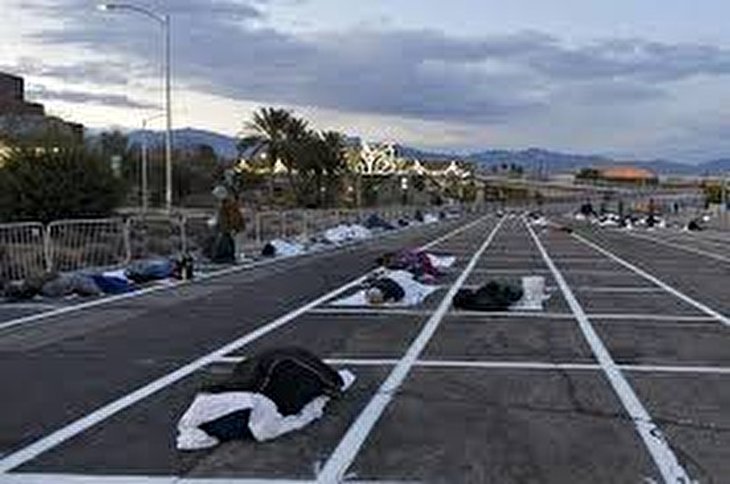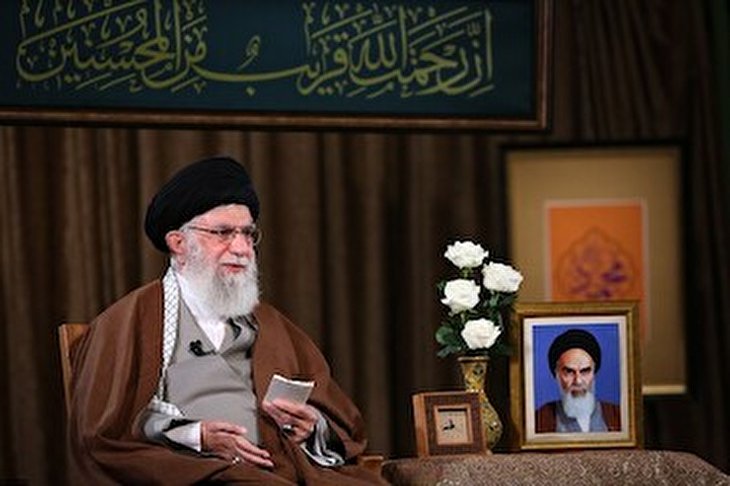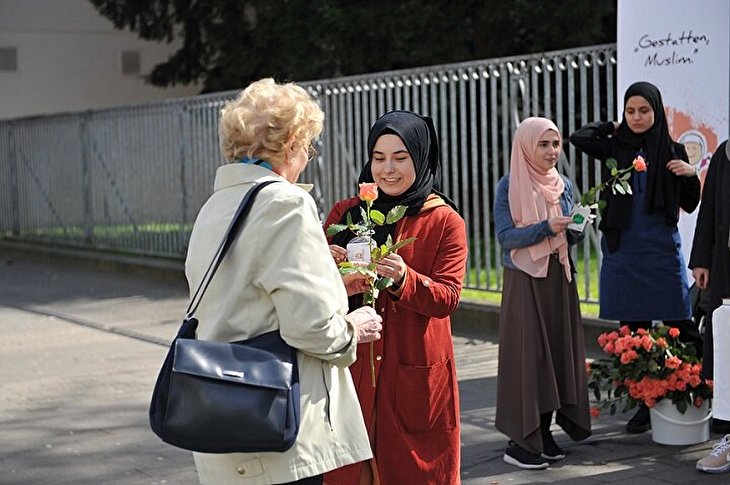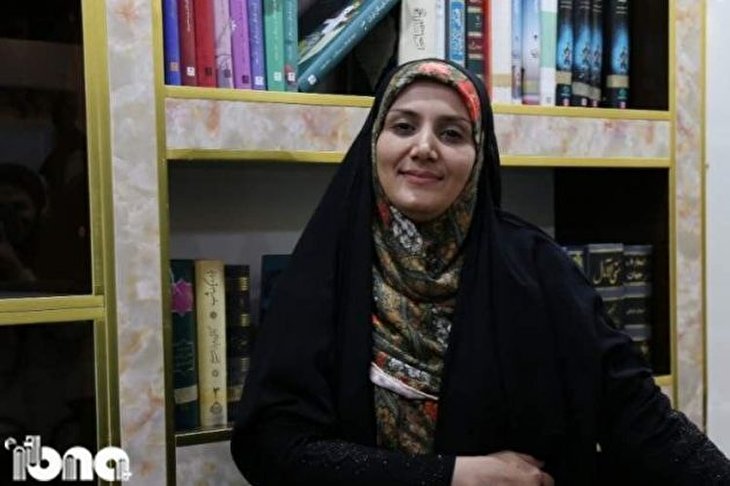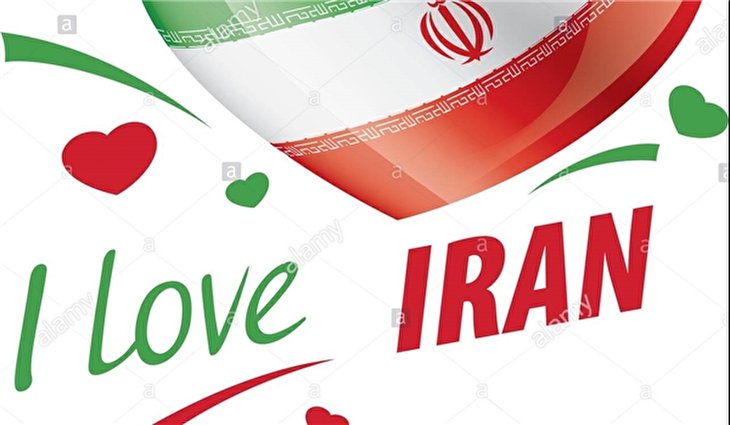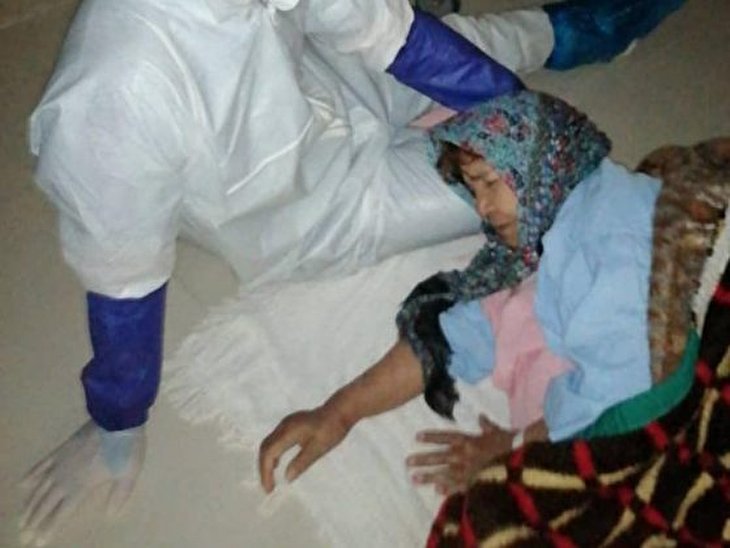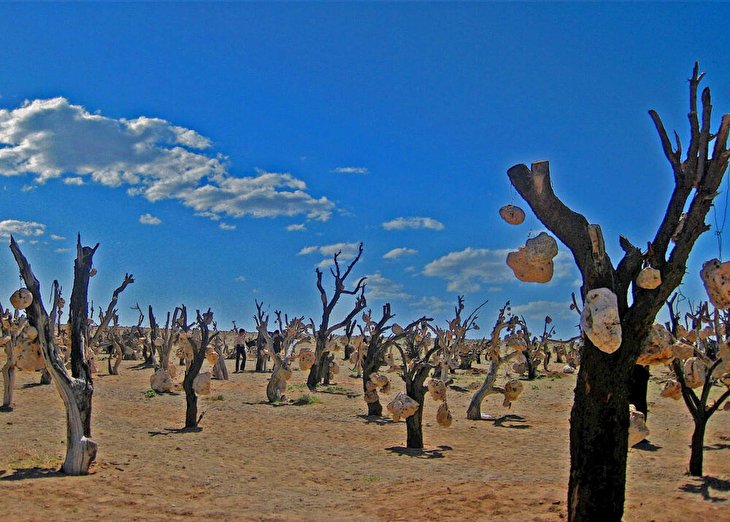A unique experience in life: Traveling to Iran during Muharram

Over the past couple of years, Yazd, Meybod, Isfahan and Kashan were among the cities which hosted the highest numbers of foreign tourists on the ninth and the tenth days of Muharram (Tasua and Ashura) when the mourning ceremonies reach its climax.
Travelers are welcomed in all places where Muharram rituals are held. Last year, spiritual tourism in Yazd hosted people from France, Germany, Belgium, China, Turkey, Russia, the Netherlands, Brazil, Switzerland, Italy, New Zealand, Spain, the UK, the Czech Republic, Hungary, Slovenia, Japan, Taiwan, Hong Kong, Romania, Australia and Thailand.
Holidaymakers can witness various ceremonies such as Tazieh, a passion play inspired by historical and religious narrations, and Sineh-Zani [beating the chest]. They also converse with locals and religious figures while taking shots of mourners to document the events.
However, you, as a foreigner or a non-Muslim, may not be familiar with such concepts. Here we try to describe some important issues and enumerate some facts in this regard:
Muharram and the battle of Karbala
From a theological approach, religious rituals are perhaps a recreation of collective memories that help to shape what is known as collective identity, an essential foundation for sense of belonging. One such ritual is the mourning ceremony. Rich with symbolism, most of which have historical values, these ceremonies are a platform where communal beliefs and ideals about life and death are acknowledged and as people unite in grief and hope for consolation, they search for new meanings of life and reevaluate and confirm the foundation of their beliefs.

The commemoration of the battle of Karbala on the day of Ashura (literally meaning 10th as the battle took place on the 10th day of Muharram) and the epic passion and courage of Imam Hussein (AS) and his 72 loyal companions who were all martyred (in 680 CE) is annually honored by Iranians. A grandson of Prophet Muhammad (PBUH), Imam Hussein (AS) and his army of few followers battled with the large military detachment from the forces of Yazid I, the Umayyad caliph, whom Imam Hussein (AS) had refused to recognize as caliph. The Imam was beheaded by Shimr and all his supporters were killed, including his six-month-old infant son, and the women and children were taken as captives.
Muharram and the following month, Safar (which includes commemoration of the aftermath of Karbala) are a period lamentation for Muslims. War and fighting are prohibited during Muharram and festivities like weddings and birthdays are usually postponed to more appropriate days. People generally wear black out of respect or at least avoid wearing very bright colors.
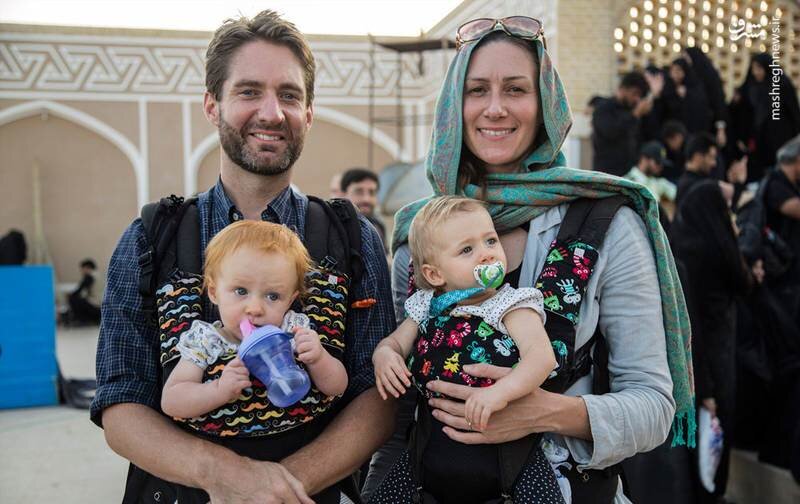
But the core meaning of Muharram is beyond such mere bereavement and commemoration of the past. Karbala was an actual and metaphorical venue where the Truth confronted the Lie, where justice spoke vibrant and audible in the face of prejudice and where courage, passion and devotion preceded attachment, worldliness and obstinacy.
The saga is narrated to tell us that compared to the Pyrrhic and momentary victory of injustice, integrity and honesty will always stand the test of time as today the life of Imam Hussein (AS) is honored by millions across the world while the account of his enemies is nearly lost in oblivion. The story also lives to tell us that the majority is not always right. Even if the army of Truth is small in number, it still is magnanimous in what it stands for.
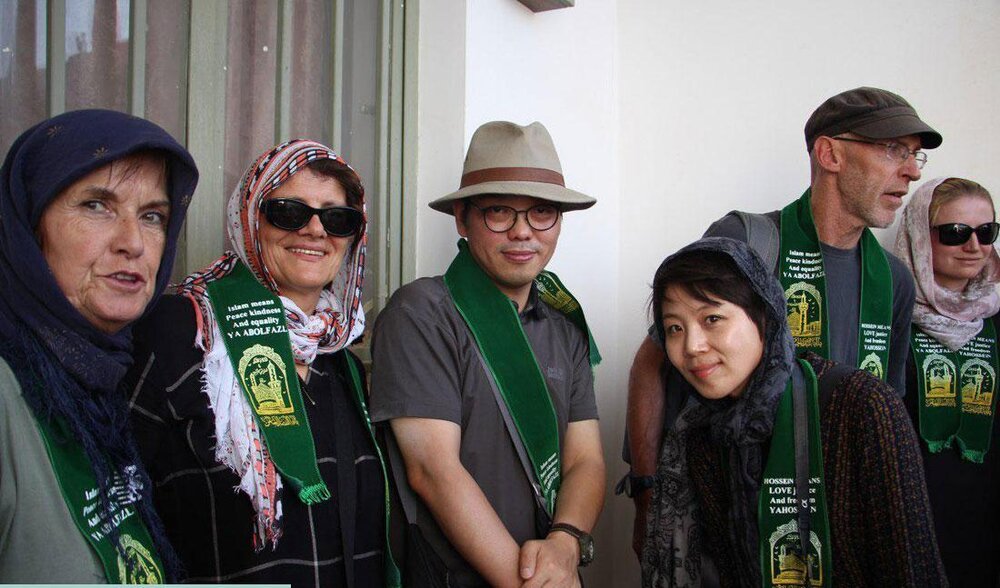
Therefore, commemoration of Ashura is also a tribute to truth and justice and condemnation of tyranny anytime and anywhere. This is perhaps one of the many reasons why a day like Ashura can never be overlooked as these rituals encompass universal values that will never wear out. There will always be Shimrs of ignorance and Yazids of prejudice who are ready to sacrifice the Truth at the altar of the majority for their personal or communal interests but there will also be vigilant individuals who will notice the faintest flickers of hope for justice even in the darkest dungeons of their times and strive to magnify and relate it to one and all alike.
Mourning in Muharram
The Persian word for mourning is ‘Azadari’, stemming from the word Azaa. The literal meaning of Azaa is twofold. Firstly, it indicates ‘patience’ and ‘perseverance’ and secondly, when used as a verb it implies consolation and solace that come as a gradual result of that patience. In many cultures, the act of consolation has a ritualistic face and it is therefore systematic and easy to follow as it provides its very own logic, symbolisms and paradigms.
The ritualistic bereavements of Muharram are a platform where various artistic genres like literature, painting, music, fiction and drama are reconciled.
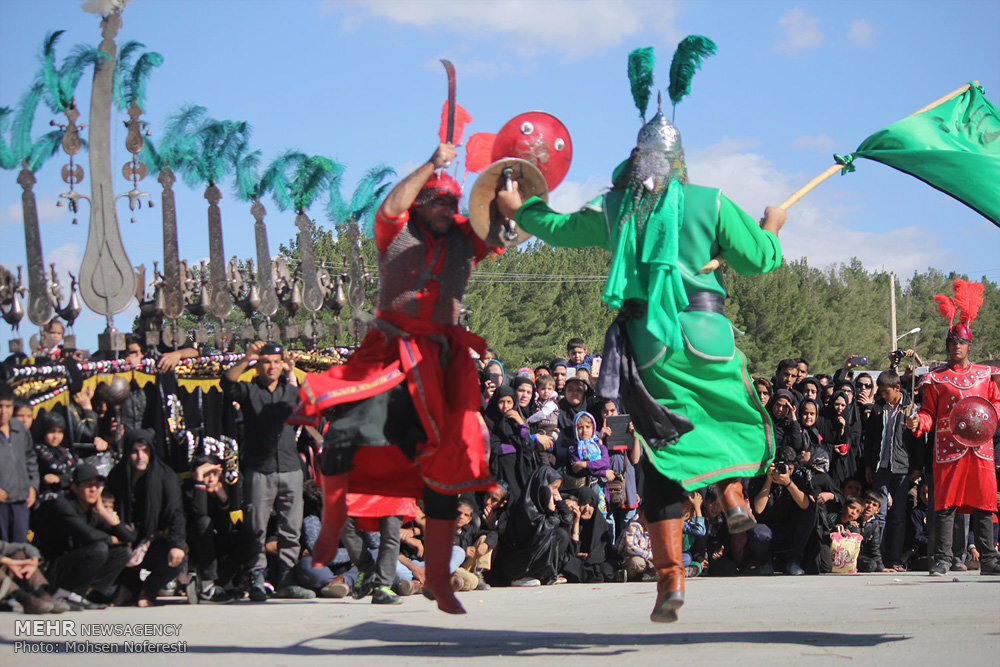
During Muharram, a part from mosques, each neighborhood sets up its own establishment for the ceremonial processions of the month known as ‘Tekkiyeh’, which are venues for gathering of mourners known as ‘heyat’ (literally meaning group or delegation) who honor the life of Imam Hussein (AS). Tekkiyeh (stemming from the word eteka, meaning backup or reliable) was historically a staying place for visiting pilgrims and dervishes who relied on the goodness of the benefactors for daily sustenance. Today Tekkiyehs, however, are specific locations for mourners who meet and participate in religious gathering after which they head out on the streets in groups known as dasteh (literally meaning cluster) to parade a dramatic mourning. The dasteh in each neighborhood has a specific route through which it will proceed and people follow and move with the cluster of mourners as they chant mourning songs on the night and the day of Ashura. Resilient beat of drums and a few other instruments are heard as people weep to the hymns and men in black rhythmically flagellate their backs with two pairs of chains and beat their chests with open palms. This ritual is known as Sineh-Zani (beating the chest). Women may watch the processions and follow the parade; however, they do not practice flagellation.
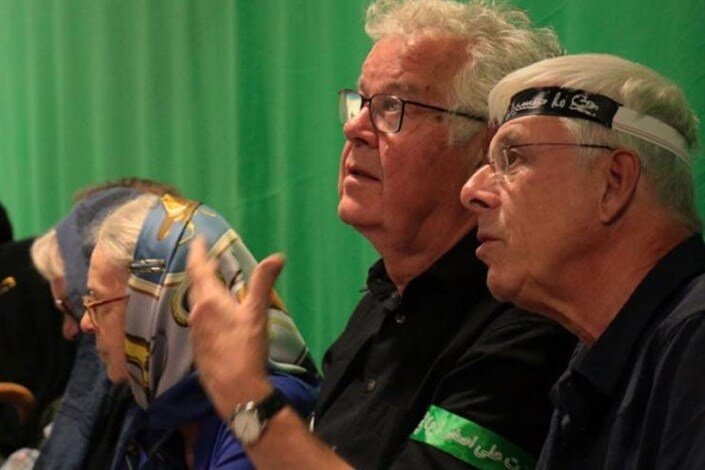
Traditionally an elderly person known as rish sefid (literally meaning, white-bearded) who is also a benefactor of the processions will raise and wave the green and black flags (traditional colors of Islam and mourning) ahead of the parade. Later people take turns to hold the flag as the mourners move through the streets. A tall (sometimes as long as 12 meters) richly decorated with fabrics and feathers structure known as nakhl (palm tree) is carried around. The nakhl is a symbol of Imam Hussein’s coffin as history narrates his beheaded corpse was carried on a stretcher made of palm leaves. For many people carrying the nakhl throughout the ceremony is a form of bereavement and an instance of humbleness.
Some nakhls are so heavily decorated that more than a 100 people are needed in order to carry them. Alam (literally meaning standard) a symbol of standards carried in Karbala are also shouldered by some. While the band plays martial and doleful music, some people clad in costumes representing the army of Imam Hussein (AS) sit on horses and their suffering under the oppression of their enemy, Yazid is enacted by individuals who wear dark intense colors and have aggressive faces and large moustaches.
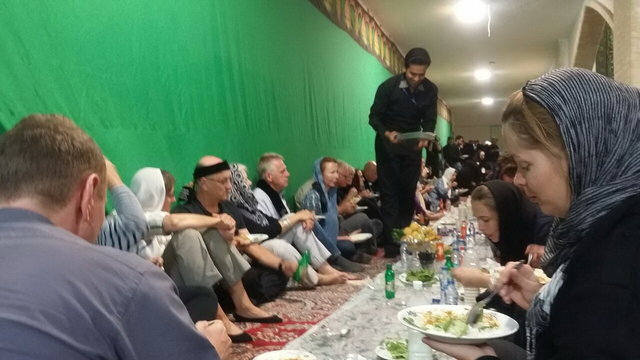
Also, Imam Hussein’s loyal white horse known as Zuljanah (literally meaning, winged horse) saddled and decorated with green fabric and tainted with red paint (representing blood) is symbolically paraded.
Zuljanah who was also shot with arrows during the battle, ran to the women’s tent upon seeing Imam Hussein’s corpse on the ground. Seeing the blood stains on the horse, Imam’s family came to know of his death. It is said that Zuljanah died three days later as he stopped eating and drinking after the Imam’s death. Accounts of the horse are also mentioned in songs and sermons. This parade usually last a few hours after which people gather for a dinner or lunch feast known as Nazri.
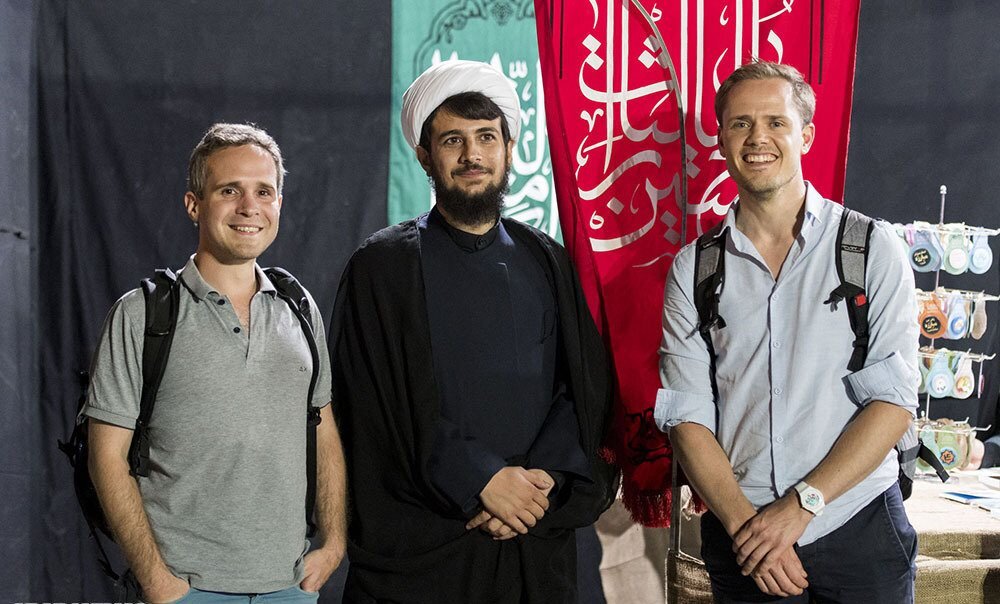
Other communal forms of mourning include Tazieh which is actually a passion play usually performed during the first ten days of Muharram culminating in a passionate and emotional peak on the tenth (Ashura). Stories and characters involved in the Karbala battle are enacted by men and young children. Needless to say, these rituals are region specific and quite diverse. Major theatre house in Iran also stage plays relevant to this month.
Tazieh, which recounts religious events, historical and mythical stories and folk tales, was registered on UNESCO’s List of the Intangible Cultural Heritage of Humanity in November 2010.
Nazri: Food ritual and alms for the poor
Religious ceremonies in Iran more than often include food offerings, whether they are held at public venues like mosques or at private residences. These communal gatherings are also a kind of forum where friends, acquaintances and neighbors meet over food that is served after the ceremonies.
During Muharram, every village, township, city or metropolis is abuzz with preparation for food offerings known as Nazri, the processions of which are usually sponsored by wealthy benefactors.
Sheep, cows and other halal animals are specifically and ritually sacrificed for this purpose. Large pots and equally large ladles and spatulas are taken out of the cellars, big fires are lit and food is prepared in large quantities and distributed among the people, particularly the poor.
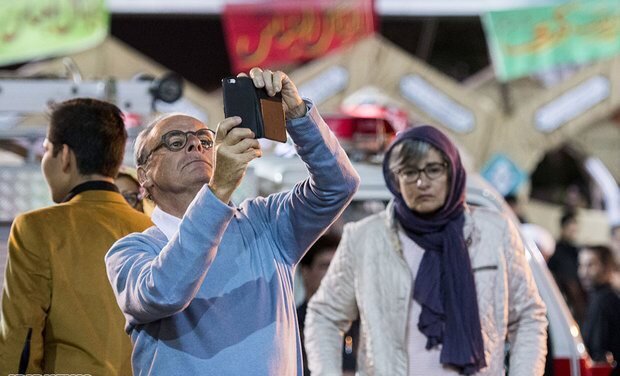
The most common dish is Gheymeh (known as Gheymeh-e Imam Hussein) which includes a thick stew of split peas and chopped lamb cooked with dry lemons and tomato puree and served on a bed of hot saffron rice. Other dishes of Persian cuisine, like Aash (thick soup-stew), Halim (thick dish of wheat, lentil and meat), Shole Zard (a sweet dish made of rice), palm dates and sherbets are also served during these days.
Nazri (stemming from the Arabic word, Nazr) which literally means ‘offering’ is actually a form of a religious commitment that the benefactor has vowed to fulfill when his prayers are heard. People pledge (make a spiritual vow) to do acts of goodness, like feed the poor, visit holy shrines and give alms if their prayers and wishes come true. Also sometimes food offerings are distributed as Kheyrat (literally meaning charity) in the memory the deceased. It is believed that the prayers of the poor and needy who are fed by these offerings will benefit the souls of the departed.

During Muharram, particularly on Tasua and Ashura days, each neighborhood in the city will set its food stalls and offer food to the mourners. Also private homes offer food to their neighbors by distributing parcels to houses or hosting the mourning ceremonies inside their homes and asking people to join by invitation.
Facts
1- Muharram is the first month of the Islamic calendar and therefore the 1st day of the month marks the Islamic New year. Since the Islamic calendar is a lunar calendar, Muharram moves from year to year. This is while the Persian New Year falls on the 21st of March according to the solar calendar.
2- Muharram (derived from the word Haram, meaning forbidden) is one of the four sacred months of the year in which war is prohibited.
3- In Islamic and Persian culture, the 3rd, 7th and 40th day of birth and particularly death are significant dates. Arbaeen (literally meaning forty in the Arabic Language) which marks 40 days after the death of Imam Hussein (AS) is also a typical period of mourning for Muslims.
4- During Muharram, particularly on Tasua and Ashura, people refrain from doing or saying things that may violate the honorable spirit of the month. Television and radio channels alter their timings and programs to accommodate more of religious sermons, mourning songs, live ceremonies and films pertaining to the spirit of the month.
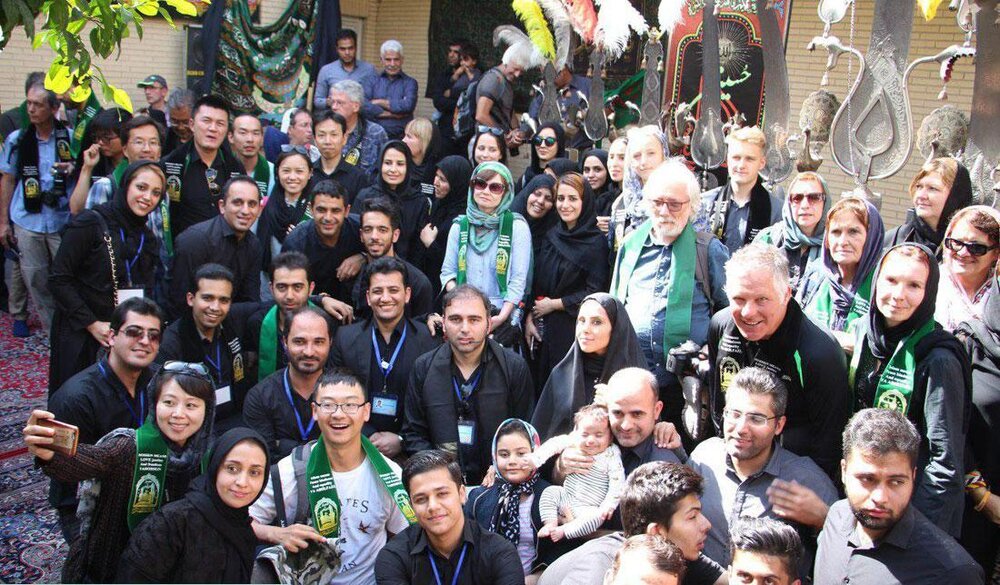
5- Black as the color of mourning during this month is visible in people’s attire, banners hanging from buildings, billboards, decoration of city walls and in the writings on the rearview windows of cars.
6- Tasua and Ashura are holidays in Iran. Iraq, India, Indonesia, Turkey, Pakistan, Bahrain, Trinidad and Tanzania are among the countries that honor Muharram. All tourist sites and museums are closed during these two days but most of shops and restaurants are open for travelers.
7 - The night of Ashura in Iran is called Shaam-e Ghariban, meaning “the night of strangers” and those who are far from home and help. People light candles in holy places and gatherings in every corner of the country.
Source: TehranTimes

